Last week I talked about the importance of focusing your time and money on traffic that works, but how do you know what works if you don’t define success?
Quite simply, you can’t.
If you want to see an improvement in your sales, leads, and customer engagement then let’s spend some time working out how to define and measure each one. If you haven’t done so already get Google Analytics Tracking setup and added to all your pages.
I’ll be using the Google Analytics Demo data as well for a lot of this post so feel free to add it to your account so you can see the goals in action. It’s real data from Google’s Merchandise Store so very cool to play with if you’re lacking data yourself.
What Are Your Goals?
This depends a lot on your business but first start with setting the ideal scenario you want a visitor to do when they come to your site. If you sell a product or service on your site then that would be a sale; an online quote request would be a successful form submission; if they have to call to book an appointment or buy over the phone then that call is your goal.
Tracking Online Sales
If you’re selling sales on your site then first you need to enable ecommerce tracking inside Google Analytics. Inside Analytics navigate to Admin > View > Ecommerce Settings.
On the next screen Enable Ecommerce (On) > Next > Enhanced Ecommerce Report (Off). You don’t have to worry about the optional features at this stage. Click Done.
Now you need to send Analytics the data from your ecommerce platform to track details of purchases made. Most modern shopping carts build in support for ecommerce tracking so all you need to do is enter your Google Analytics User ID. If they don’t support it out of the box then you’re going to have to either speak to your web developer or get your hands dirty in code yourself. There are dozens of well written guides for all shopping carts but if you do get stuck let me know and I’ll see if I can help point you in the right direction.
If you do have to pay a developer to get this implemented then it will be the best money you could spend on improving your online store. It’s the first thing I do when taking on a new ecommerce client.
Once this is all setup and you’ve got sales coming through you can see which traffic is truly the most effective.
Tracking Form Submissions
If the goal of your site is to get someone to complete a form such as a quote request or to book an appointment, you need to know when that form is submitted. Usually when a form is submitted the user is redirected to a thank you page – this is how you can measure success. Set a goal that triggers whenever a user lands on the thank you page.
Google Analytics makes this a piece of cake. Navigate to Admin > Goals.
On the next screen click on the red +New Goal button. In Step 1 select Custom > Continue.
Add in a name for your goal and select Destination from the Type List. Continue.
In Step 3 you have to know the URL of the page that the user will be redirected to after they complete the form. Test the form yourself to be sure. Remember to drop the www.domain.com part from the URL as they show in their example; so if the user redirects to http://makesearchwork.com/quote-received.php I would enter /quote-received.php in the field.
If you aren’t too sure what to enter here then please leave a comment and I’ll give you a hand.
If you already know what each form submission is worth to your business then turn on the Value option and enter it here. It will give you access to some metrics such as cost per conversion – very handy for future analysis.
It takes a bit of time for Google to process the new goal but once the data is all refreshed you’ll be able to segment the Analytics reviews by your new goal. Whereever you see a dropdown in a view, click and type in your goal:
You can select the conversion rate, value or completions for that goal.
Tracking Phone Calls
There are still a lot of businesses that rely on phone calls to make or close a call but do nothing to measure the traffic that leads to these calls. What I recommend is you use a Call Tracking service such as Call Dynamics or Fone Dynamics. These services will provide phone numbers you can place on your website that will then push call data back to your Google Analytics account as an Event.
The process from there is similar to creating a goal to track a destination page, but in Step 2 select Event instead of Destination.
The next screen will have more options available to detail the Event but these will be provided by the service you use. You can set a value if you have some experience with what a phone call is worth to your business.
You can now segment your data based on phone calls received. Very cool?
You can go into a lot more detail in creating goals and measuring different events on your site but if you get these basic ones setup to start with you can now at least act on your best performing traffic and take resources away from the wasteful.
Sometimes It’s About the Journey, Not the Destination
For a lot of businesses the sales funnel is more involved than just the final sale and they need to make sure the traffic they focus on is filling the funnel rather than just leading directly to sales. This is especially true for high-end products with a drawn-out sales process or subscription software services that have free trials and different price levels. Content driven sales processes for example need to track user engagement – this is actually a good one to look at…
When you take action on a goal it has to be statistically significant but sometimes the actions on that ideal goal are so minor you’re just taking a stab in the dark. To help support decisions and to get rid of bad traffic you can use other less ideal goals to create more actionable data. High priced items will usually have less people searching for them and less again buying them so it can take along time to see a trend. To get rid of the bad traffic faster you can create a goal which measures how users are engaging with the content on your site. If you see a source of traffic not engaging then you can get rid of that traffic without having to wait for enough sales to confirm it.
You can measure how engaged a user is with your content by either looking at the duration they’re spending on your site or the number pages they’re viewing on your site. This will depend on how your content is structured but aim above your site’s current average first.
You should start to see a gap between engaged traffic and poor traffic – focus on the traffic that is reading your site, especially if it’s a long sales process.
Some sites use email marketing to generate sales from users who are interested but not quite ready to buy. A lot of ecommerce stores for example have a newsletter that anyone can subscribe to: If you put non-customers into their own list when they subscribe to the newsletter and track how many of those non-customers become customers, you can set up an Analytics Goal based on the newsletter form submit. You can now measure that less than ideal source of traffic knowing its true value.
Take some time and have a think about what you want different visitors to do on your site and create a list of goals that will help you measure that process at the different stages. Once you’ve got some data collected, start going through your traffic channels and see if you can find some places where you’re wasting resources and others you can direct the savings too. You should have a clearer focus on how your site is or should be working after this exercise.
If you have any questions and want to bounce back some ideas about your site then either send me an email or leave a comment below.

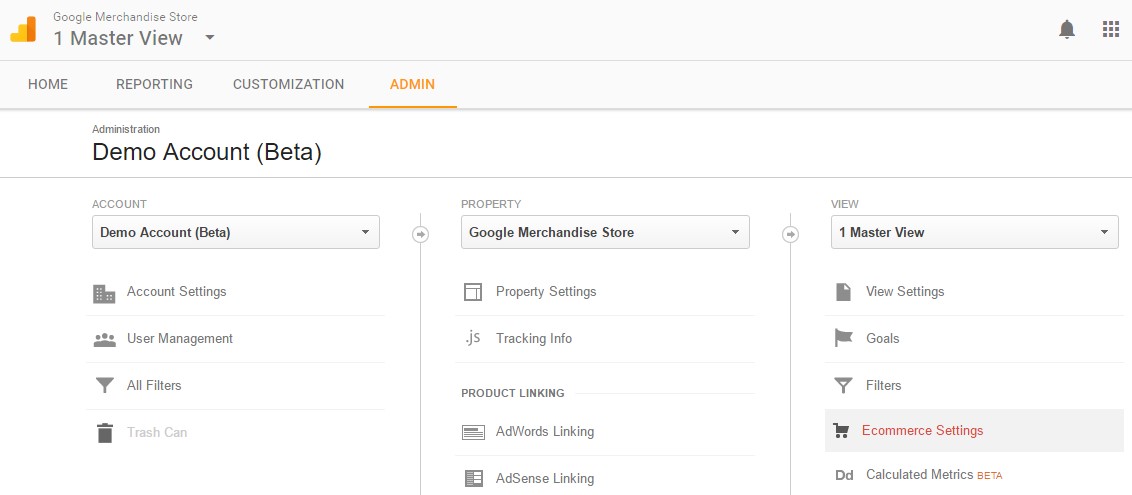
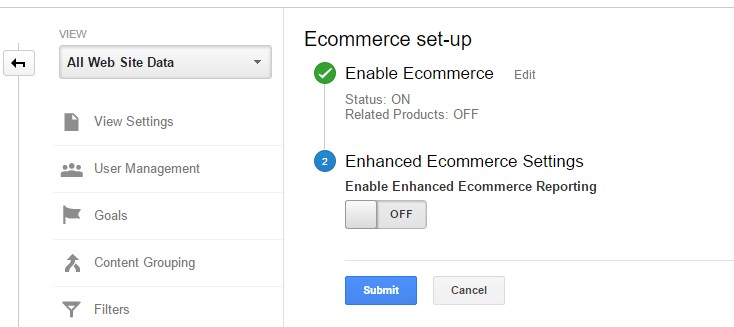
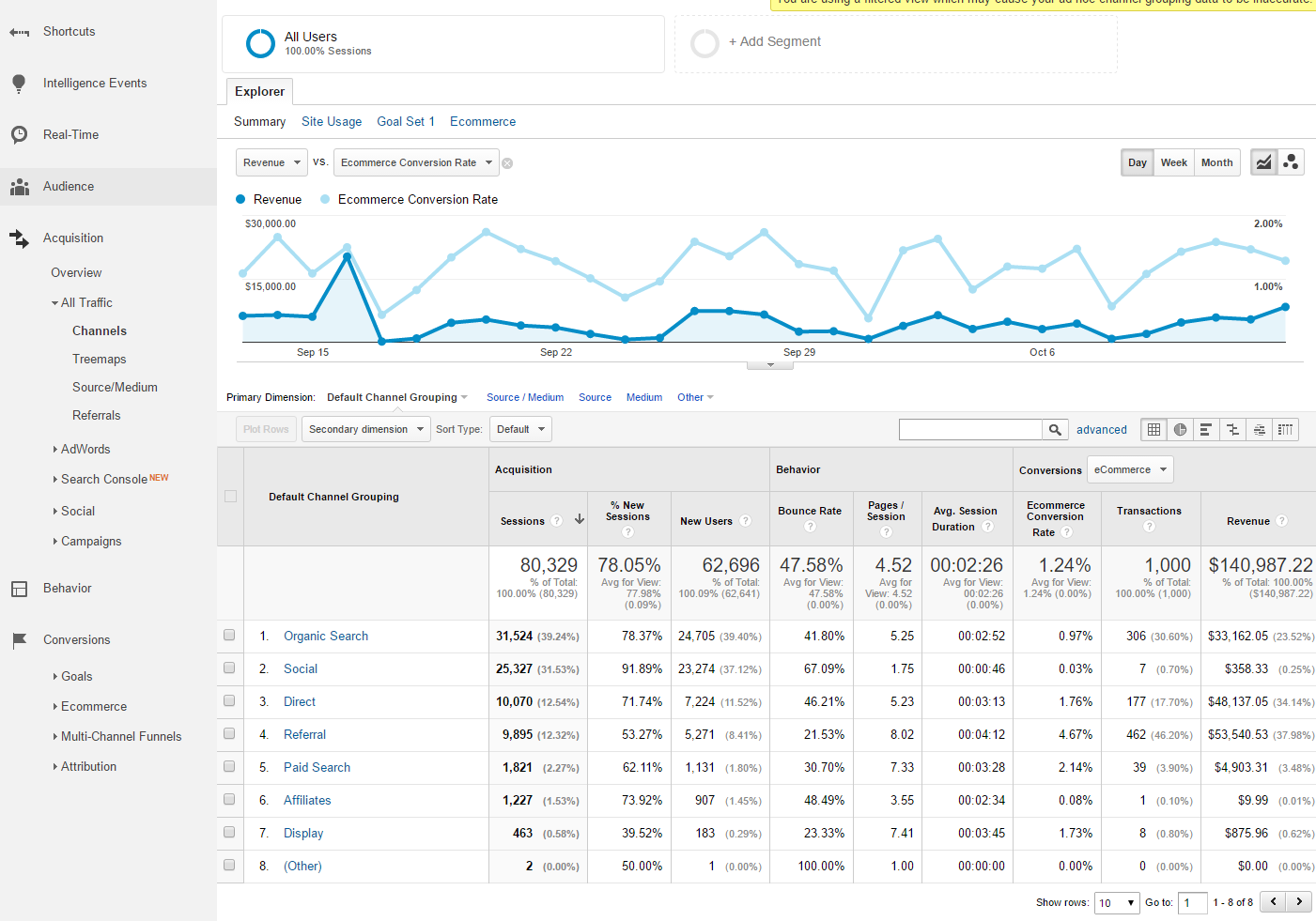
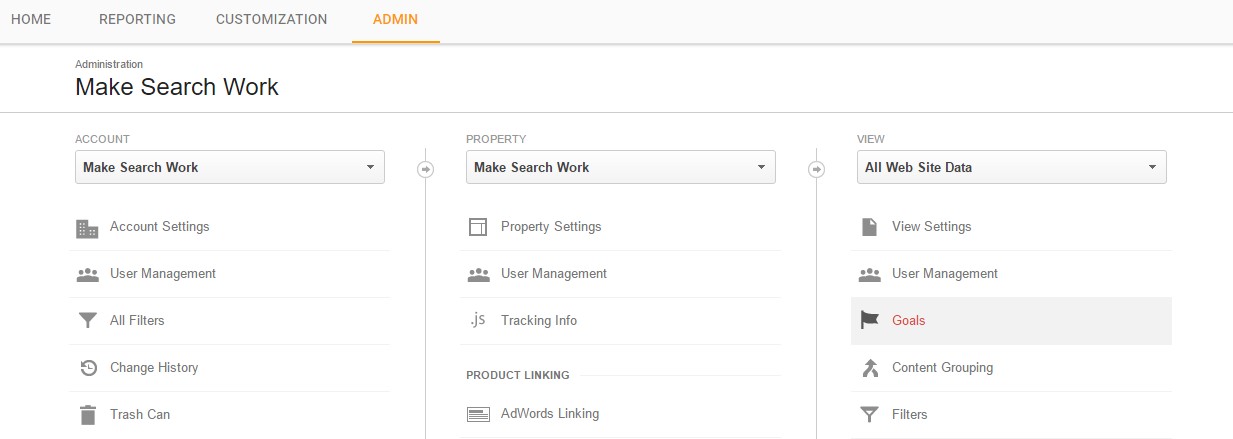

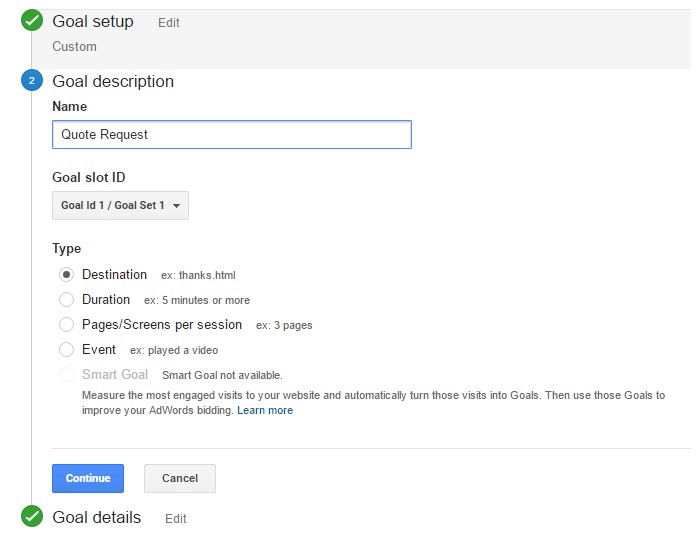
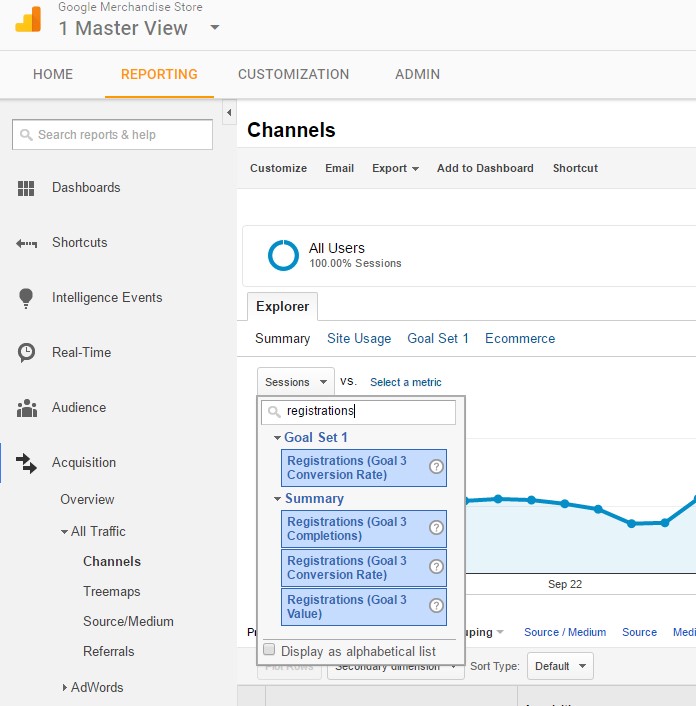
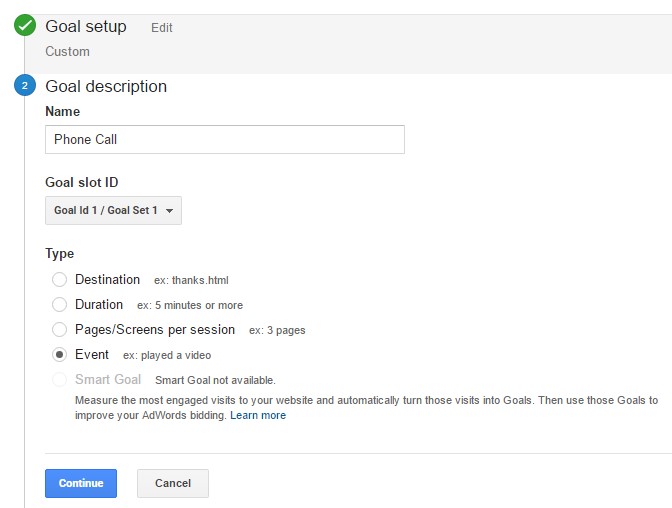
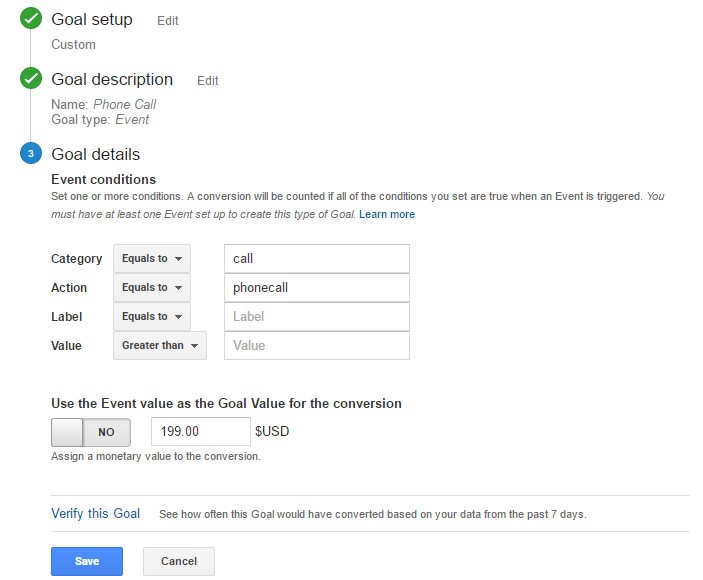
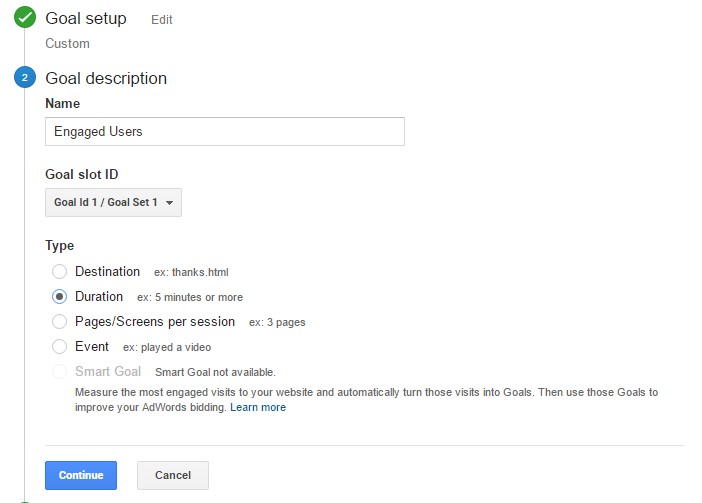
Leave a Reply